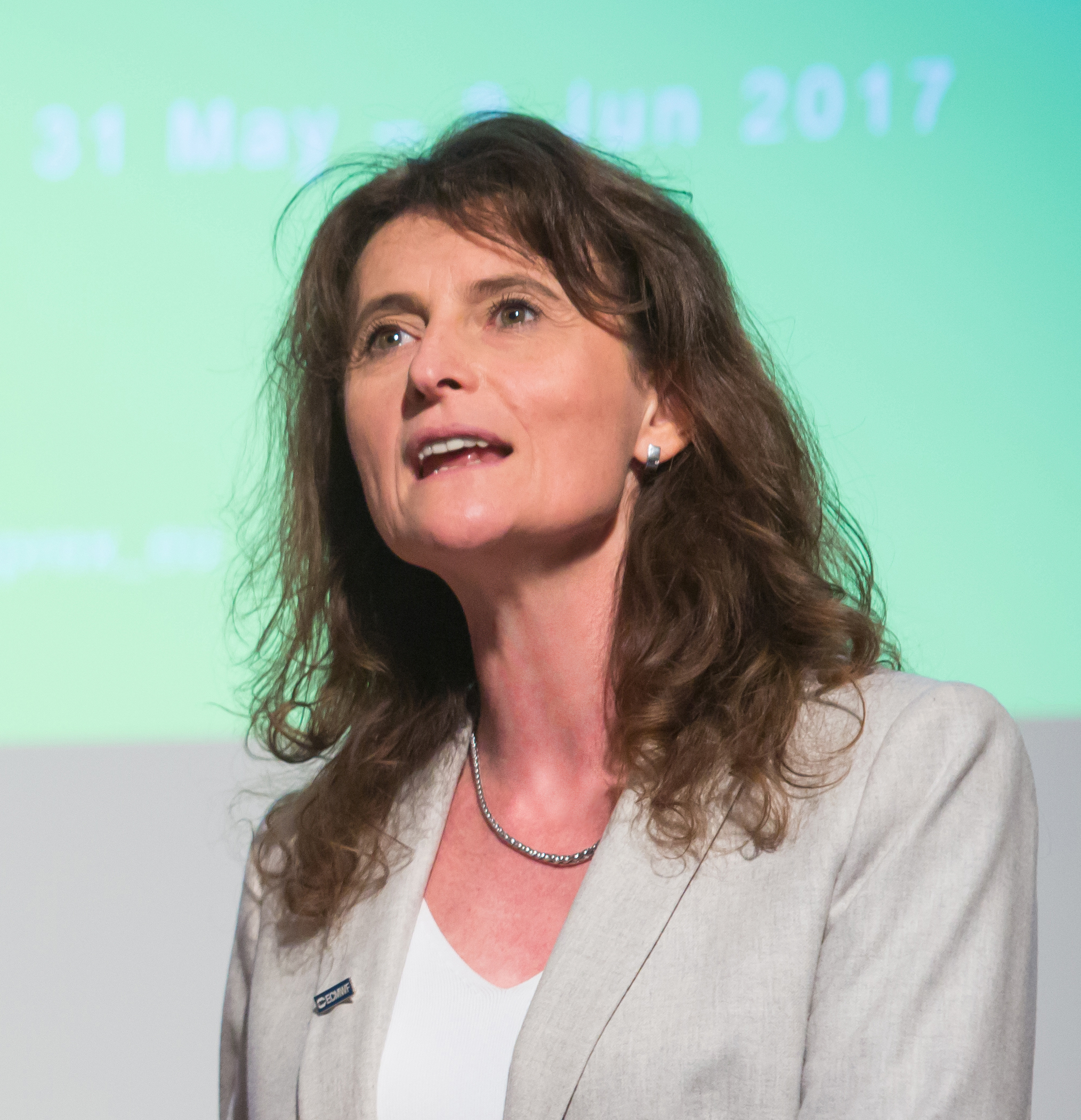
The year that lies ahead promises to be exciting on several fronts. Work to construct our new data centre in the Italian city of Bologna has started and is expected to be complete in the autumn. In parallel, an Invitation to Tender has been issued for ECMWF’s next high-performance computing facility, to be installed at the Tecnopolo di Bologna by the first quarter of 2020. The new data centre will help us to achieve our strategic goal to produce forecasts with increasing fidelity on time ranges up to one year ahead.
Specific goals for 2025 include skilful ensemble predictions of high-impact weather up to two weeks ahead and predictions of large-scale patterns and regime transitions up to four weeks ahead. This Newsletter gives some clues as to where we stand now. ECMWF forecasts provided early indications of multiple weather hazards in Italy last autumn, but work on whether this kind of event can be predicted beyond ten days in advance is continuing. Research on the predictability of cold spells in Europe has resulted in a new product with useful skill up to two and a half weeks ahead. These examples show that progress is being made but that a lot of challenging work still lies ahead.
One area in which substantial progress will be made in 2019 is data assimilation. By feeding observations into the data assimilation system more continuously, significantly more observations can be used. This results in a better analysis and better forecasts. Separately, a 50‑member Ensemble of Data Assimilations has been developed, an important step towards an integrated ensemble system. Both these developments will be implemented in the next upgrade of ECMWF’s Integrated Forecasting System later this year. Work of a more long-term nature is under way on an alternative dynamical core option. First results show that the Finite-Volume Module is computationally efficient and performs well in benchmark tests.
This year will also see the retirement of a very venerable product: the ERA-Interim atmospheric reanalysis, to which no further data will be added after mid-2019. The tens of thousands of users of ERA-Interim can start using the new ERA5 atmospheric reanalysis, which now goes back to 1979 and will eventually go back all the way to 1950. ERA5 is an example of European cooperation at its best: successive EU-funded research projects enabled the development of ERA5, which is now produced operationally by the Copernicus Climate Change Service (C3S), implemented by ECMWF on behalf of the EU.
International collaboration has also made it possible to develop a new global reanalysis of atmospheric composition, CAMSRA: produced by the Copernicus Atmosphere Monitoring Service (CAMS), implemented by ECMWF on behalf of the EU, a range of European institutes helped to validate it.
Whether in forecast products, weather science or environmental services, there is thus much to look forward to in 2019 and beyond as we continue to work towards our strategic goals.
Florence Rabier
Director-General

